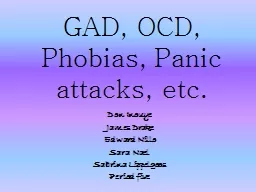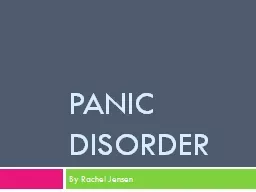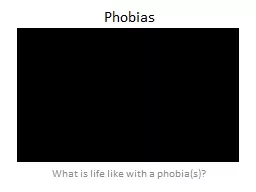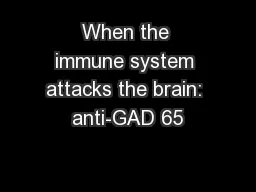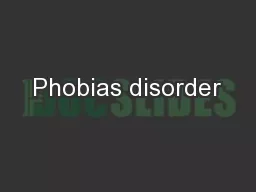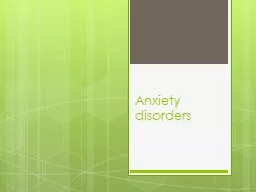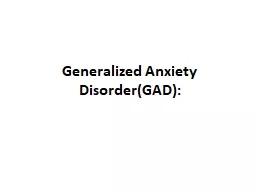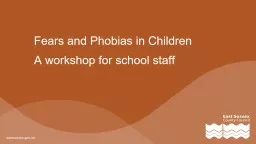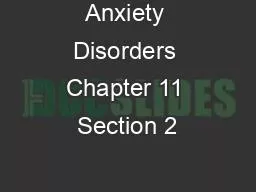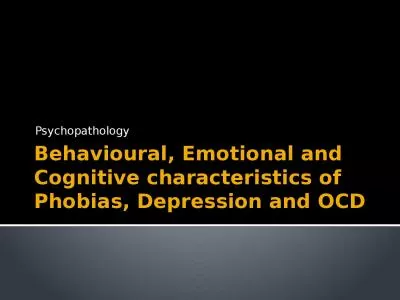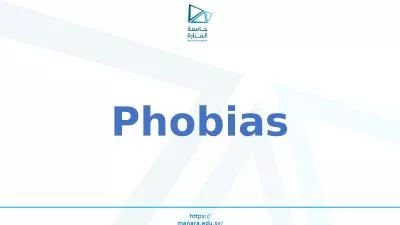PPT-GAD, OCD, Phobias, Panic attacks, etc.
Author : mitsue-stanley | Published Date : 2018-11-02
Don Inouye James Drake Edward Nillo Sara Nael Sabrina Lippelgoos Period five GAD Generalized Anxiety Disorder What is generalized anxiety disorder An anxiety
Presentation Embed Code
Download Presentation
Download Presentation The PPT/PDF document "GAD, OCD, Phobias, Panic attacks, etc." is the property of its rightful owner. Permission is granted to download and print the materials on this website for personal, non-commercial use only, and to display it on your personal computer provided you do not modify the materials and that you retain all copyright notices contained in the materials. By downloading content from our website, you accept the terms of this agreement.
GAD, OCD, Phobias, Panic attacks, etc.: Transcript
Download Rules Of Document
"GAD, OCD, Phobias, Panic attacks, etc."The content belongs to its owner. You may download and print it for personal use, without modification, and keep all copyright notices. By downloading, you agree to these terms.
Related Documents

